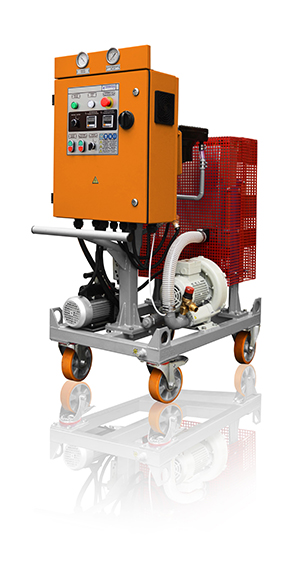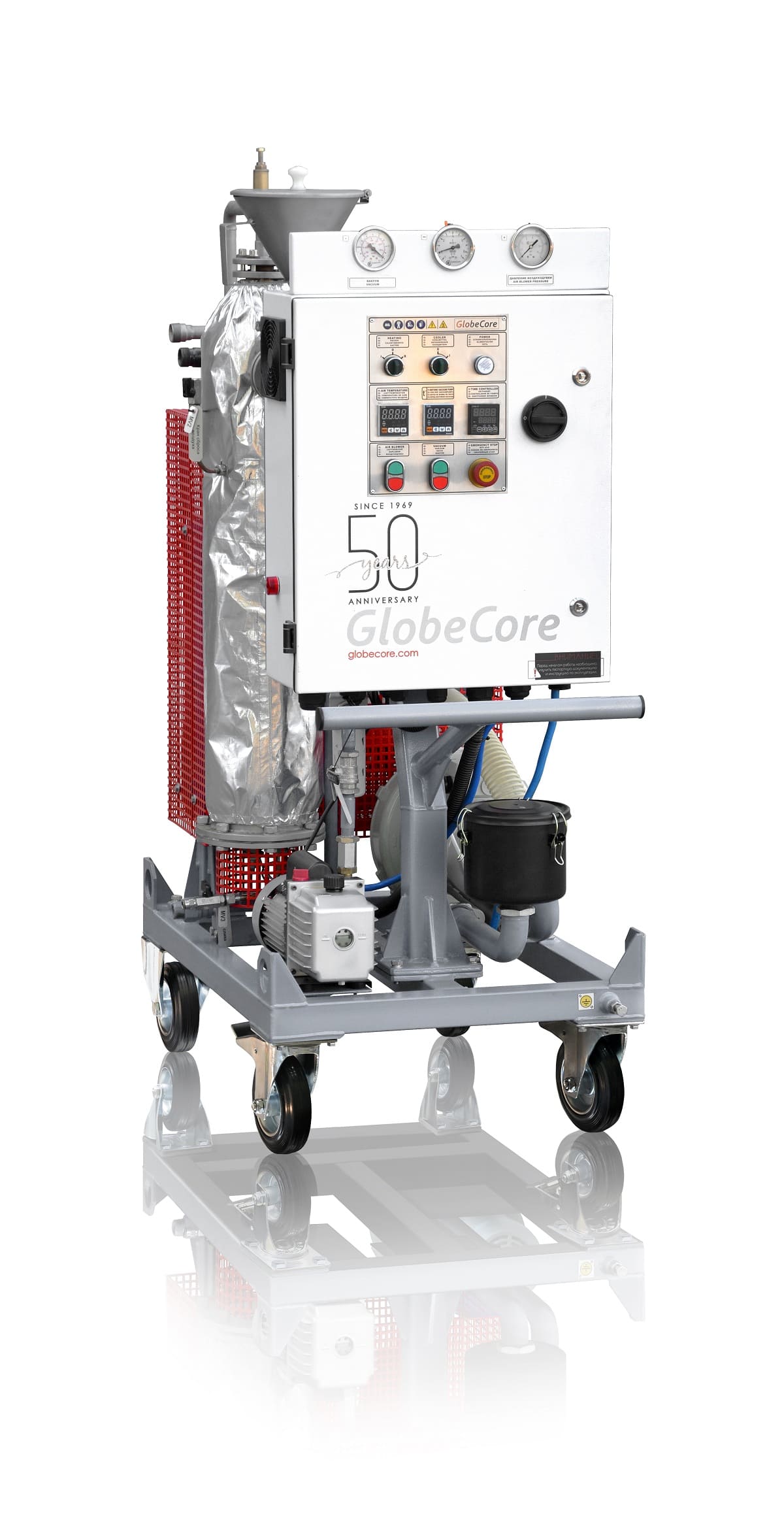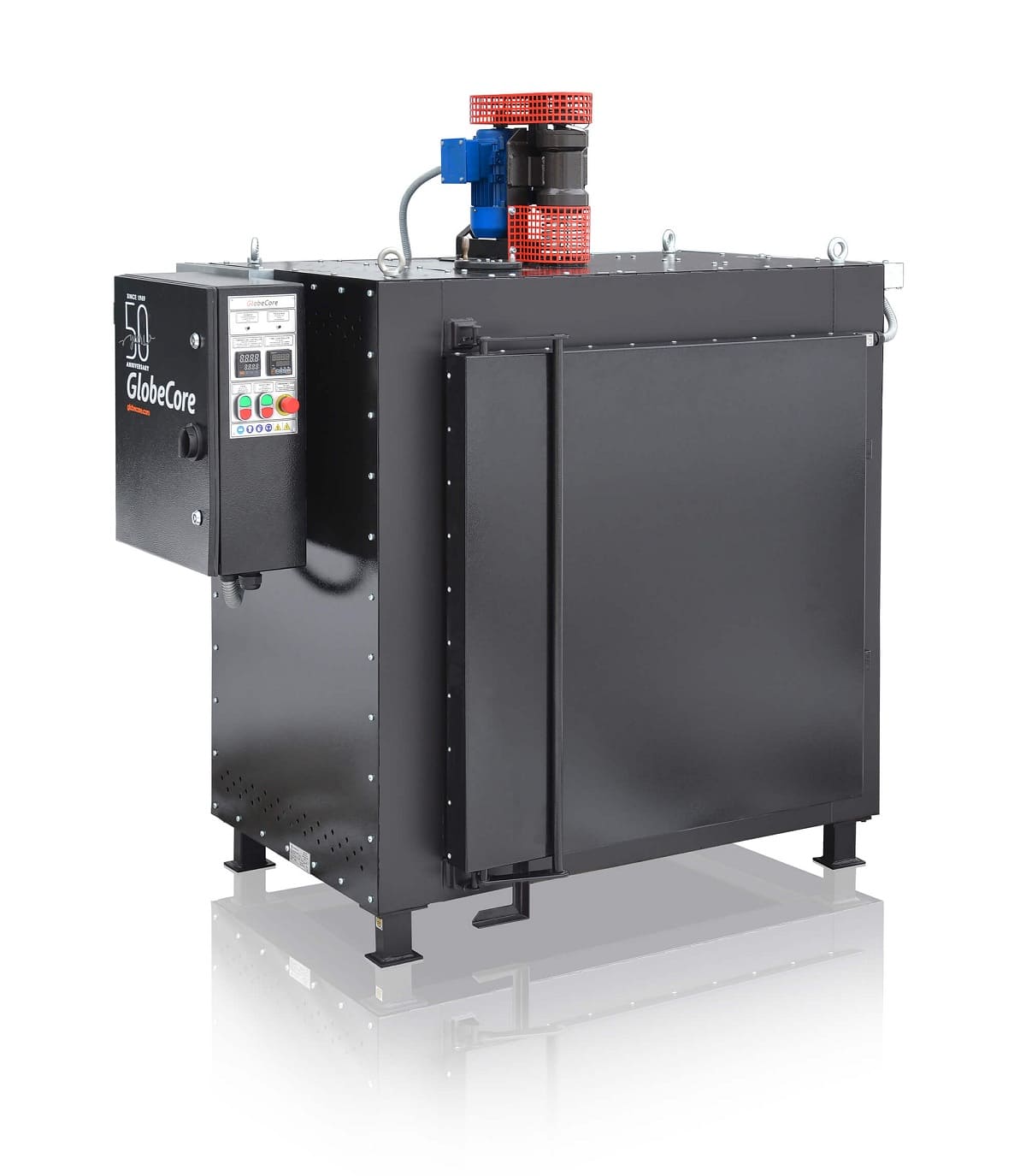How does deactivation and regeneration of zeolite catalysts happen?
- 该话题包含 1个回复,2 人参与,最后由 更新于 2月前 。
Answers
-
九月 14, 2024 1:14 上午 by Amanda Moore
Deactivation of zeolite catalysts occurs when their active sites become blocked or altered by contaminants, coking (carbon buildup), or moisture. This reduces the efficiency of adsorption or catalytic reactions. To regenerate deactivated zeolite catalysts, the following steps are taken:
Heating: The zeolite is heated to high temperatures (typically 400°C to 600°C) to burn off carbon deposits and remove adsorbed contaminants.
Purging: Inert gases or air are passed through the zeolite to remove any volatile compounds or residual materials.
Reactivation: Once contaminants are removed, the zeolite’s active sites are restored, allowing it to perform its function again.
Regeneration techniques depend on the type of catalyst and the nature of the contaminants.



